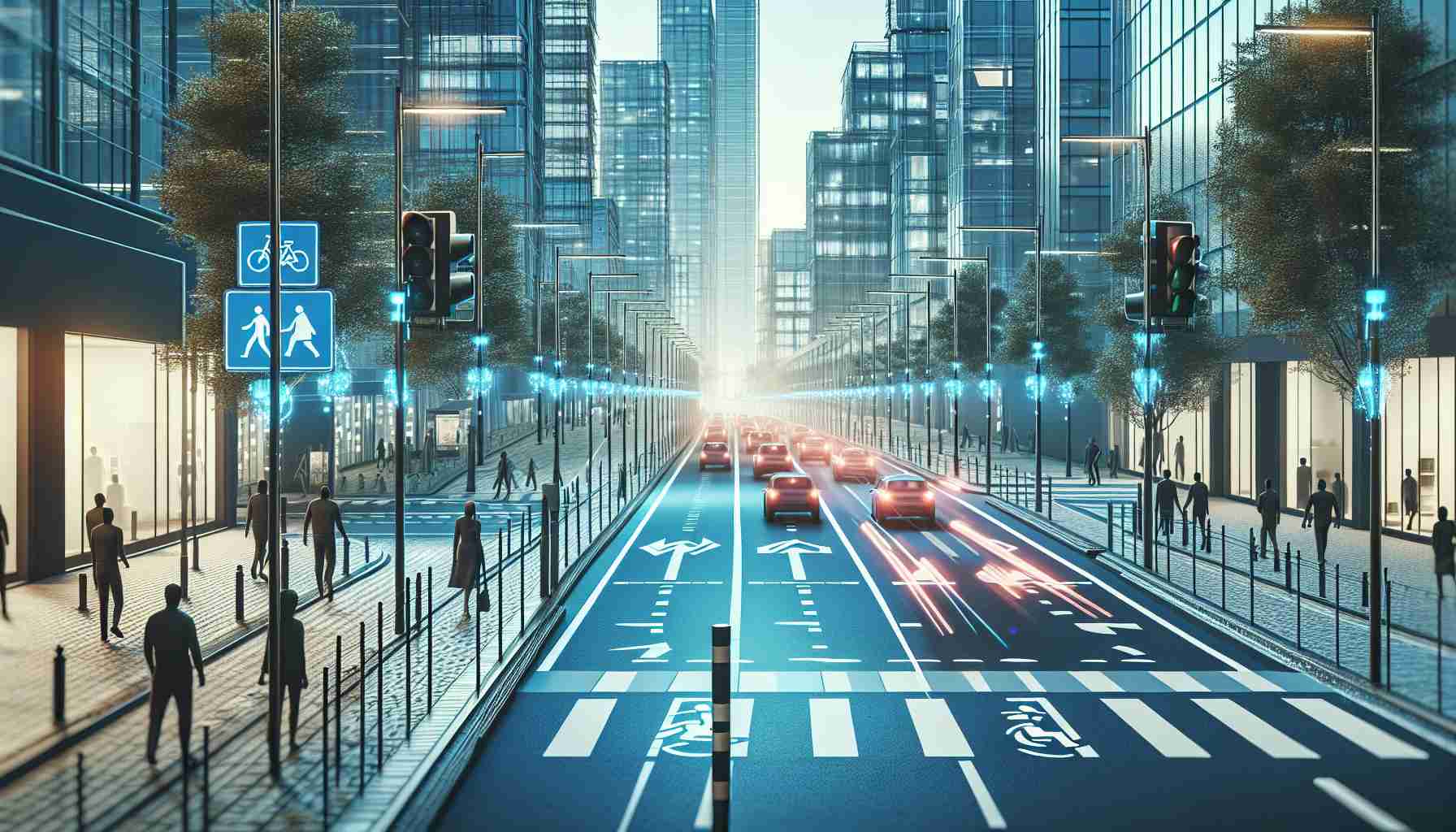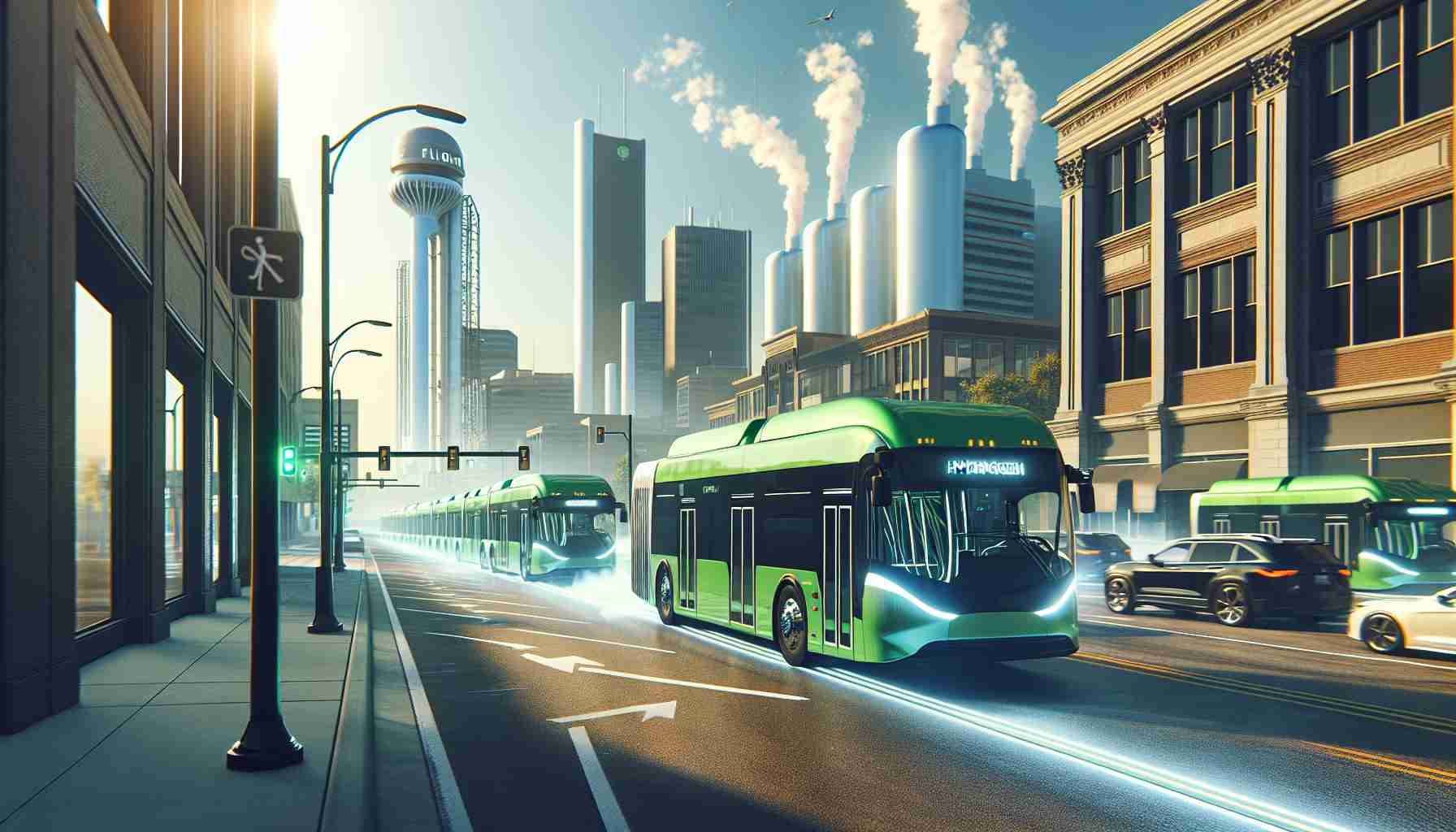Every year, approximately 1.2 million people worldwide lose their lives in road accidents. While road safety has been gradually improving in recent years, we are still far from achieving the visionary goal of zero fatalities. Experts in epidemiology from the University of Maryland’s School of Public Health are studying the locations of tragic road accidents, analyzing millions of images from Google Street View using artificial intelligence to identify elements of infrastructure that can be enhanced to reduce accident risks.
According to a recent report by the World Health Organization, nearly 1.2 million people die in road accidents each year globally. Although this figure is declining, it remains substantial. Road accidents rank as the 12th leading cause of death worldwide for all age groups, with children and young adults (ages 5-29) being disproportionately affected. The report “Global status report on road safety 2023” highlights that almost 80% of all roads assessed for pedestrian safety fail to meet minimal requirements (three-star rating), with only 0.2% of roads having dedicated bike lanes.
As healthcare professionals, closer examination of this phenomenon is essential. Road accidents and vehicle collisions intersect various fields including transportation, infrastructure, health, urban design, and road planning. Dr. Quynh Nguyen, an epidemiologist from the University of Maryland’s School of Public Health, emphasizes the need for multidisciplinary collaboration to analyze the causes of fatalities.
Experts in the United States have turned their attention to road safety issues by employing modern technologies and artificial intelligence (AI). Utilizing tools like Google Street View for accident analysis, researchers have been able to delve deeper into the factors influencing road safety. By scrutinizing millions of images, they identify critical environmental elements that can impact accidents involving automobiles, pedestrians, and cyclists.
Through their research, scientists have identified key features of the road environment that can influence the frequency of accidents. Factors such as sidewalks, street lighting, the number of lanes, crosswalks, and road types all play significant roles in enhancing road safety. Surprisingly, the presence of trees along roadsides has been associated with lower accident rates, contrary to past practices of mass tree removal by local authorities.
Efforts to prevent road accidents include constructing more sidewalks, installing street lighting, planting trees, exercising caution on multi-lane roads, and promoting pedestrian-friendly urban planning. Implementing these measures can lead to a substantial reduction in fatal accidents, emphasizing the importance of prioritizing road safety through environmental design strategies.
Enhancing Road Safety Through Environmental Design: Exploring Key Questions and Challenges
In the realm of road safety, the quest for zero fatalities remains a challenging yet vital goal. While advancements in technology and infrastructure have helped curb the alarming statistics of global road accidents, there are several fundamental questions and controversies that underscore the complexities of enhancing road safety through environmental design.
Key Questions:
1. What are the most critical environmental factors that contribute to road accidents?
2. How can multidisciplinary collaboration improve road safety initiatives?
3. What role does artificial intelligence play in analyzing and enhancing road infrastructure?
4. Are there any potential downsides or unintended consequences of overly zealous environmental design for road safety?
Answers and Insights:
1. Research indicates that elements such as sidewalks, street lighting, tree presence, and road types significantly influence accident rates.
2. The importance of collaboration between experts in transportation, infrastructure, health, urban design, and road planning cannot be overstated as it provides comprehensive insights into the causes of road fatalities.
3. Modern technologies like artificial intelligence, exemplified by tools such as Google Street View, have revolutionized accident analysis and identification of infrastructure enhancements.
4. While environmentally conscious design can improve road safety, there might be challenges related to cost, community acceptance, and potential conflicts with other urban planning objectives.
Key Challenges and Controversies:
1. Balancing the need for enhanced road safety with practical constraints and competing urban planning priorities.
2. Addressing disparities in regional road safety standards and ensuring uniform implementation of measures globally.
3. Navigating public perceptions and acceptance of changes to established road infrastructure in the name of safety enhancements.
Advantages and Disadvantages:
Enhancing road safety through environmental design presents numerous advantages, including:
– Reduction in fatal accidents
– Improved pedestrian and cyclist safety
– Creation of more liveable and sustainable urban environments
However, potential disadvantages or challenges may include:
– High initial costs of implementing new infrastructure
– Resistance to change from stakeholders or local communities
– Unforeseen impacts on traffic flow or urban aesthetics
For further insights into global road safety initiatives and environmental design strategies, visit the World Health Organization’s website at World Health Organization.






















